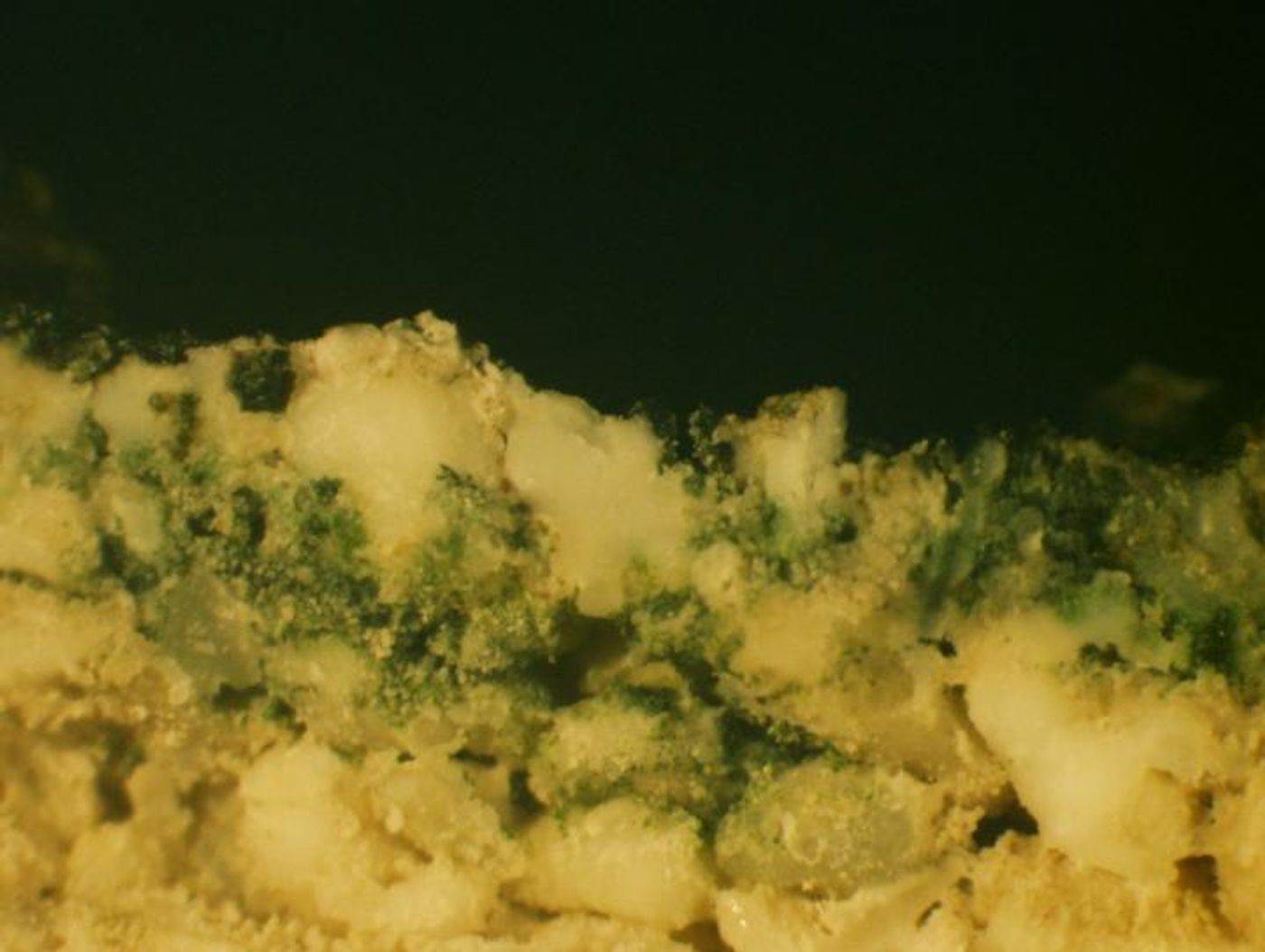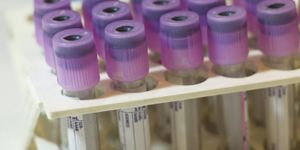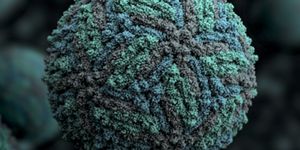New Type of Photosynthesis is Discovered
Scientists have found a new type of photosynthesis. The discovery could help engineer crops that can take advantage of different wavelengths of light and will change textbooks. It can also change the search for extraterrestrial life. Reported in Science, the work involved a team of researchers from Imperial College London, the ANU in Canberra, the CNRS in Paris and Saclay and the CNR in Milan.
While most plants use light wavelengths in the visible, red spectrum for photosynthesis, the researchers found that near-infrared light wavelengths can be utilized in a different kind of photosynthetic reaction. Cyanobacteria, a type of algae, were found to use it when they grow in the shaded conditions of places like Yellowstone bacterial mats and Australian beach rocks, where near-infrared light can be found. The scientists used a cupboard with infrared LEDs inside to make it happen in the lab.
Standard photosynthesis involves a green pigment called chlorophyll-a, which can collect light and use that energy for chemical production. Chlorophyll-a, which is present in all plants, algae, and cyanobacteria, can only use red light in this reaction. It was thought that the light limit was set there; that red limit was thought of as the minimum energy needed for photosynthetic reactions. That is used in astrobiology to asses the likelihood that life could evolve on a given planet.
Cyanobacteria showed there is another way; in near-infrared light, systems that use a different type of chlorophyll take over. That alternative, chlorophyll-f, can use near-infrared light for photosynthesis. That is called ‘beyond the red limit.’
"The new form of photosynthesis made us rethink what we thought was possible. It also changes how we understand the key events at the heart of standard photosynthesis. This is textbook changing stuff,” said lead researcher Professor Bill Rutherford, from the Department of Life Sciences at Imperial.
It was thought that another strain of cyanobacteria called Acaryochloris was just an exception to the rule; it can also perform photosynthesis beyond the red limit in a very specific habitat (underneath a green sea squirt). Now scientists know that many organisms might be able to use it.
"Finding a type of photosynthesis that works beyond the red limit changes our understanding of the energy requirements of photosynthesis. This provides insights into light energy use and into mechanisms that protect the systems against damage by light,” noted study co-author Dr. Andrea Fantuzzi, from the Department of Life Sciences at Imperial.
The investigators revealed new details about photosynthesis in their work. So-called accessory chlorophylls were actually performing a crucial step. That could change the textbook view of the process.
"I did not expect that my interest in cyanobacteria and their diverse lifestyles would snowball into a major change in how we understand photosynthesis. It is amazing what is still out there in nature waiting to be discovered,” said first author Dr. Dennis Nürnberg, the initiator of the study.
"This is an important discovery in photosynthesis, a process that plays a crucial role in the biology of the crops that feed the world. Discoveries like this push the boundaries of our understanding of life and Professor Bill Rutherford and the team at Imperial should be congratulated for revealing a new perspective on such a fundamental process,” said Peter Burlinson, lead for frontier bioscience at BBSRC - UKRI.
Sources: AAAS/Eurekalert! Via Imperial College London, Science









